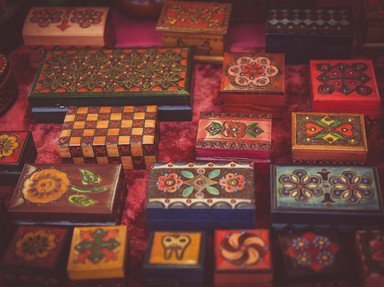
Mysterious Connections IV Trivia Quiz
Here's another group of what at first glance appears to be random names and things. They need to be sorted into four sets by a common factor. Beware of potential red herrings.
by rossian.
Estimated time: 3 mins.